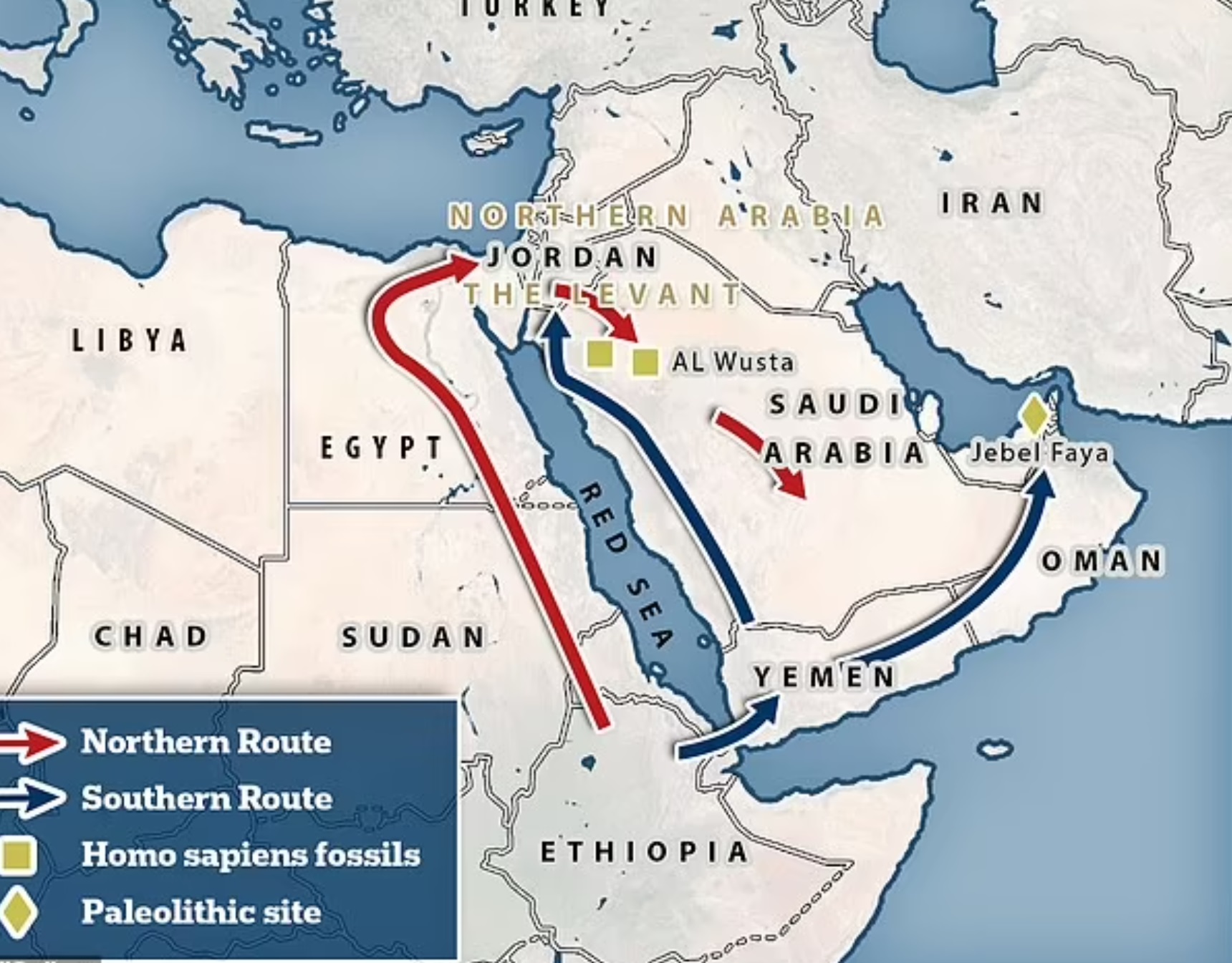Faya Palaeolandscape Blog
Exploring the Ancient History of a UNESCO World Heritage Site
Faya’s Role in Human Migration
Published on July 18, 2025

The Faya Palaeolandscape, a UNESCO World Heritage Site in Sharjah, UAE, holds a pivotal place in the story of human migration. Spanning over 210,000 years, this arid region provided a critical corridor for early humans moving out of Africa into the Arabian Peninsula and beyond, shaped by environmental changes and archaeological evidence.
A Gateway Out of Africa
Archaeological findings at Faya, including stone tools from various periods, suggest that early human groups traversed this landscape during periods of increased moisture, around 130,000 to 100,000 years ago. These tools, similar to those found in East Africa, indicate that Faya was part of a migration route, linking the Horn of Africa to the wider Eurasian continent.
Environmental Influence
During the Pleistocene, climatic shifts transformed parts of the Arabian Peninsula into habitable zones with lakes and grasslands. The Faya Palaeolandscape’s strategic location near ancient water sources likely facilitated human movement, with evidence of tool-making sites pointing to temporary settlements along these migration paths.
Global Significance
Faya’s role in human migration underscores its importance to understanding our species’ dispersal. This site’s archaeological record offers insights into how early humans adapted to challenging environments, making it a key piece in the puzzle of human history that this blog seeks to explore and share.
Disclaimer
This blog is an independent, non-commercial project dedicated to sharing educational content about the Faya Palaeolandscape. All information is sourced from credible, publicly available resources and is intended for educational purposes only. This site is not affiliated with any official organizations managing the Faya Palaeolandscape.